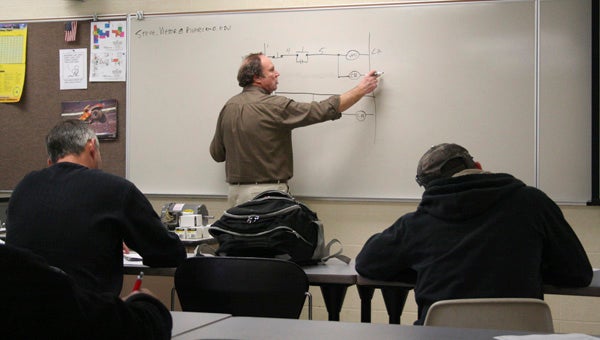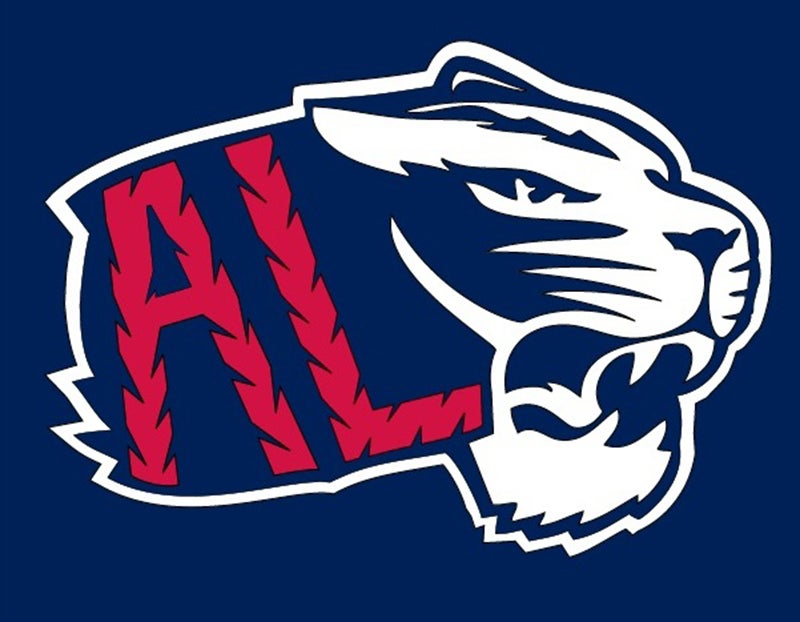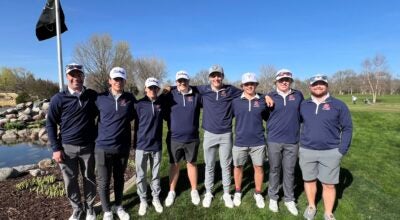Wind Power 101
Published 9:16 am Wednesday, December 15, 2010

Steve Vietor speaks to his class of second-year wind construction students about the electrical aspects of wind energy at Riverland’s Albert Lea campus Tuesday. -- Kelli Lageson/Albert Lea Tribune
The wind energy instructors at Riverland Community College’s Albert Lea campus want to be able to prepare students for the technology in the future. Right now that technology is wind and solar renewable energy.
Steve Vietor, instructor at Riverland, said he realized that the students going through the electrician program at Riverland weren’t receiving up-to-date information about some of the things they most likely would work on, like wind turbines or solar panels.
“The industry is changing,” Vietor said.
He said having newer technologies available for the students has been one of his goals. He was able to acquire a wind turbine and solar panels through grants. The wind turbine has not been completed as they are waiting on parts, which they hope will be here this week or next week.
So far the solar panels are creating electricity that is being used at the school. On a sunny day the solar panels can create 3,000 watts. There is a converter box inside the school that converts the direct current into alternating current. Eventually the wind turbine will also create power for the campus.
Vietor hopes that students will be able to get hands-on experience with smaller-sized renewable energy sources like the ones that will be installed at Riverland. Large wind farms like the Bent Tree Wind Farm in Freeborn County cost millions of dollars to create, and Vietor said industry experts expect “small wind” will become more popular. Small wind would be smaller-sized wind turbines, like Riverland’s, that offices or communities would purchase instead of trying to create a large wind farm.
“Communities might want to build five or 12 turbines,” Vietor said.
If smaller wind turbines will become more popular, Vietor hopes that students will be able to learn from the one at Riverland about how they work and how to fix them. The two-year wind construction program is in its second year at Riverland. There are 15 students in their second year who will graduate, and 18 students in their first year.
Vietor also hopes that the turbine will interest the whole community. After it’s up and running there will be a link on Riverland’s website to a website for the turbine that tracks weather, wind speeds and much more.
“It’s an online monitoring system,” Vietor said. “We want that information shared.”
His hope is that students from kindergarten through 12th grade will be able to use the website to track wind trends and learn about wind energy.
The turbines were bought from Killmer Electric, of Minneapolis, which distributes smaller wind turbines. The turbines are built by ReDriven Power Inc., of Ontario, Canada. Vietor said they are much similar to the larger-sized wind turbines that have become popular, which will allow the students to work on a turbine very similar to most they’d find in their future jobs.





